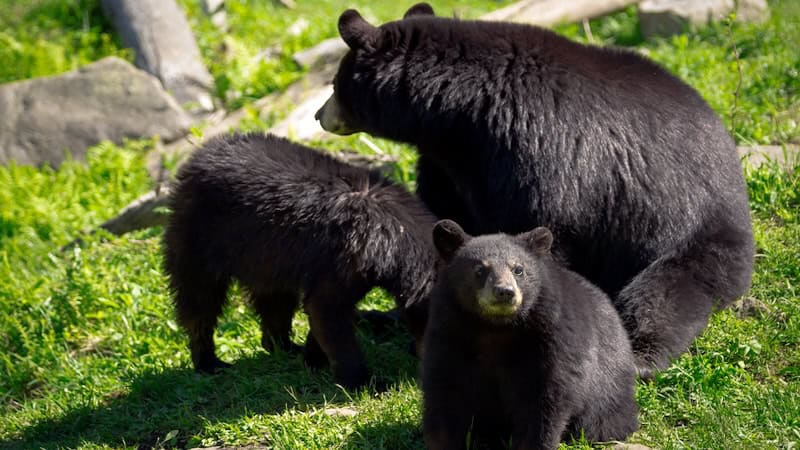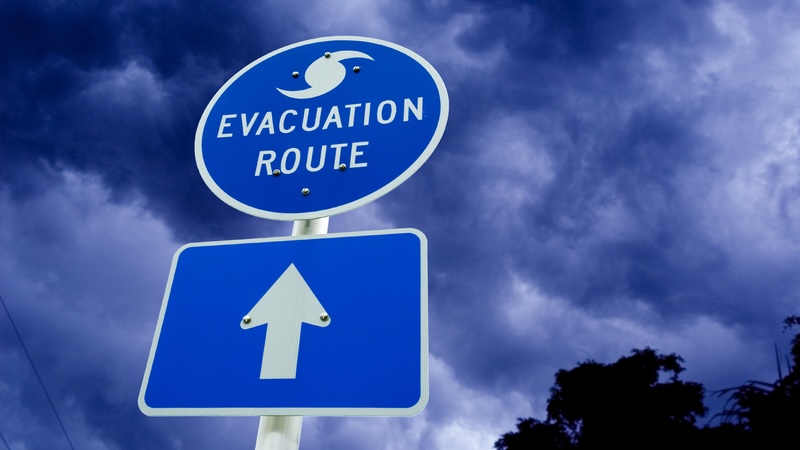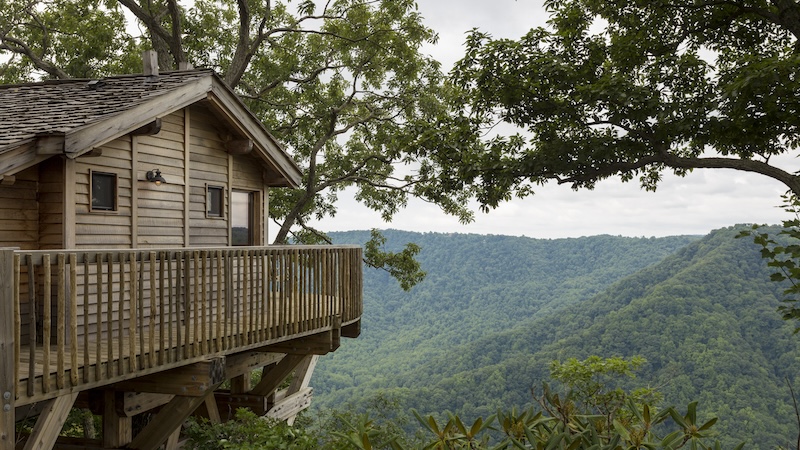Wildlife Viewing in Virginia
An online guide helps people discover Virginia’s ‘wild side’

As the Virginia Bird and Wildlife Trail enters its third decade, writer Martha Steger describes how it supports wildlife viewing in Virginia and recalls the guide’s early production.
Anyone heading out for leaf-peeping as foliage turns to golden fall colors usually sees wildlife beyond the squirrels busy stowing away nuts for winter. After foliage has completely fallen by early December, wildlife becomes easier to spot because they lack their earlier cover. The Virginia Bird and Wildlife Guide, an online guide at Virginiawildlife.gov/birdtrail has been a valuable resource for more than three decades in looking for new places to explore in the Old Dominion.
Basics of the guide – and of wildlife-watching
The guide divides the statewide trail system into three regions – Coastal, Piedmont, and Mountain. Travelers who know more specifically the areas they want to visit, such as higher elevations for late-season warblers – which Eastern Shore wildlife writer Curtis Badger has written about, can, as Badger says, use the guide as a “‘filter’ to home in on such places.”
The sites – each of which has its own webpage – are divided into “loops” that make trip-planning easier, especially if you only want to travel a specific distance from home. You can learn a bit about the wildlife and habitat of each site, get GPS driving directions, and learn the species that you might observe in each season.
While the mountains often come to mind first for fall foliage accompanied by birding, travelers should keep in mind that colors roll eastward from western Virginia, where foliage begins changing by mid-September. Great fall birding opportunities hold, like foliage colors, until Thanksgiving in eastern Virginia.
Words of caution
When wildlife viewing in Virginia or elsewhere (except for birding), wildlife observers should exercise caution in getting out of their cars and approaching wildlife, even if they see other drivers doing so. Contact isn’t a good practice for either humans or wildlife: At the age of 18, I stupidly jumped out of my uncle’s car in Yellowstone National Park to ‘get closer’ for a photograph of bear cubs; I barely made it back to the car and slammed the door shut after mama bear came running at me (my uncle’s car bore the scratch-marks of that mama bear for a long time).
I’ve seen drivers out of their cars throwing bread pieces to ducks, geese, and other wildlife at the Chincoteague National Wildlife Refuge on Assateague Island. Giving animals food not native to their diet can increase their dependance on humans for food and decrease use of their own life-skills.(During winter months with little vegetation on Assateague, the Chincoteague Volunteer Fire Department provides appropriate food for the wild ponies.)
Take cautionary signs seriously. Despite warning signs to stay on the trail at the entrance to Crabtree Falls – one of my favorite spots even if I see no wildlife – hikers see numerous white crosses on the slippery rocks adjacent to the trail, denoting where people have left the trail and fallen to their deaths.
Getting started with wildlife viewing in Virginia
Plenty of literature exists comparing types of binoculars and offering costs vs. benefits; but first gauge your interest by focusing on what you can see with the naked eye, without the aid of ‘binocs’ – or use borrowed binoculars. Exhibits at many attractions and accommodations are also a great resource as wildlife-watchers travel: Wintergreen Resort’s Trillium House, headquarters for the Wintergreen Nature Foundation, provides the latest tips for birding opportunities – and don’t overlook bulletin boards in small stores where you might stop for gas, as they sometimes reference recent sightings.
Anyone who needs further justification for traveling to view wildlife might consider what the activity adds to a locality’s – and the state’s – economy, as well as the impact on conservation efforts. Nature tourism has become a growing niche for the travel industry worldwide, amounting to hundreds of billions of dollars annually.
I was working at the Virginia Tourism Corporation, a cooperative partner with the Department of Wildlife Resources, when in 2000 it was considering the development of the wildlife trail. A small group from DWR traveled to Texas that year to see the Lone Star State’s trail, the first of its kind in the nation.
Over three decades since the beginning of the VBWT in 2001, travelers have come to appreciate that many sites are within less than an hour’s drive from others; trails are well maintained, with diverse habitats. Some sites have been dropped from the guide and others added. It’s an organic, ongoing process.
While not much information is available on handicapped access to trail sites, accessibility features of Virginia State Parks and Wildlife Management Areas are easily found online and on-site. For travelers who aren’t trail-minded, consider museums such as the Virginia Living Museum in Newport News, which offers educational experiences with wildlife and promotes conservation.
Ways to help migrating birds without leaving home
- Make your windows obvious to prevent birds’ lethal impact with clear or reflective glass. Place multiple decals close together so birds will know they can’t dart through narrow spaces. (Audubon says even dirty windows help reduce impacts.)
- Go ‘lights out.’ Make sure exterior lights are off or have shields; use timers when away. Keep interior household lights off, to the extent possible, from dusk to dawn; many migrating birds travel at night and use the moon and stars to help guide their way; and bright artificial light confuses them.
The Virginia Bird & Wildlife Trail
Also from Martha Steger:


